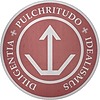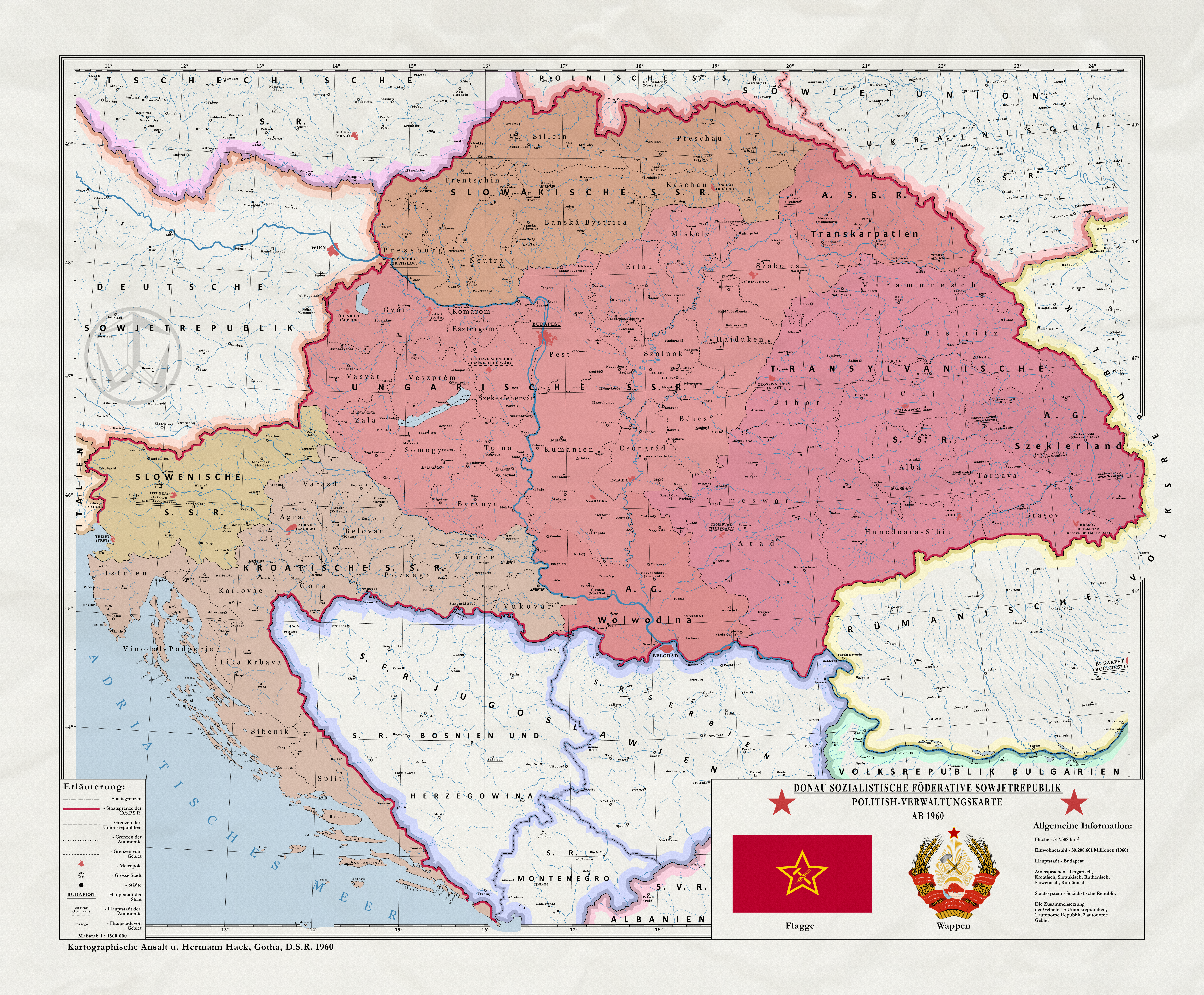HOME | DD
 FalcoHumaniora21 — United States of Poland (1936)
FalcoHumaniora21 — United States of Poland (1936)

#lithuania #maps #poland #polska #ukraine #interbellum #intermarium #falcohumaniora #poland_strong #alternatehistory #belarus #alternativemap
Published: 2020-04-18 12:13:29 +0000 UTC; Views: 12055; Favourites: 105; Downloads: 62
Redirect to original
Description
ENG
In this alternative story, the author tried to depict the political concept of Polish statehood, proposed by the then Polish Foreign Ministry Ignacy Paderewski in January 1917, which in reality, unfortunately (or not) was never realized through the loss of interest in it by the Polish authorities. But in this AI, the USP concept is gaining popularity and Commonwealth of Poland is almost restored within the borders of 1772 and becomes a much more powerful state in Eastern Europe led by the president-king.
When the last Austro-German troops left Warsaw and Krakow in the autumn of 1918, for the first time in many long years, the Polish people gained freedom.
Having occupied Western Galicia, it is difficult to take possession of the Eastern, where WUPR was proclaimed and formed by the Vitovskiy UGA, which was swornly opposed and knocked out to the Zbruch River. The Polish administration proposed autonomy to the Galician Ukrainians, but on condition that Lviv and the Drogobich oil region annexed to Poland. The UGA command rejected this venture and the conflict remained frozen. Meanwhile, Piłsudski coordinated the Polish Army in the northeast, waging war both from the Soviets and from the UPR. Great bet was placed on the Polish-Soviet front, and as of August 1919 the Polish army captured Helm, Brest, Vilna, Grodno, Minsk, Mogilev, thereby eliminating the so-called LitBel SSR and taking possession of Podlasie, Lithuania, almost the whole of Belarus.
On the agenda of the Polish government, the issue of returning eastern cresses all the way to the Dnieper should be decided. But how, at what cost? The plan was based on the concept of the Ministry of Foreign Affairs of Poland Paderewski and meant consolidated actions with the UPR, Lithuania, BPR and possibly with the White movement against the armies of the Red Army, and also should have developed tolerance for the local non-Polish population - this was a more fortunate option for the return of all former Polish lands. Was created its own agrarian program, which to some extent converged with the Bolshevik one - in order to gain trust peasants land was taken from the landowners by ransom. On December 3, an agreement was signed in Vilna between Poland, Lithuania and BPR, in which there were clauses on mutual military assistance, the establishment of a single command and, most importantly, the formation of the Polish-Lithuanian-Belarusian Federation, which was beneficial to all parties. Belarus, having such a reliable tread as Poland can maintain at least some kind of sovereignty; Lithuania, if it enters into this union, will receive the Vilnius region together with Vilna, otherwise it will go to Poland and at the same time the Lithuanians did not have forces comparable to the Polish ones; Poland has the ability to manage the territories of Lithuania and Belarus administratively. The Entente in every way indulged the parties to the negotiations in order to realize this.
At the same time, the Petliura’s army situation was critical - the army of Anton-Ovsienko in the spring of 1920 controlled almost the whole of Dnieper Ukraine, and all that remained of the UPR was a piece of the Podolsk province. Along with the Petliura, it was not easy for the White Russian army in the Crimea. These two had no choice but to join the more successful Poles. In the UPR there were those who demanded military assistance from the Polish command, there were few who wanted to take the example of Belarusians and Lithuanians — to unite with the Poles into a single state, the naive Petliura defended, exclusively, the independence of Ukraine. And at that time, a grandiose plan arose in the new commander of the AFSR troops Wrangel - to curtail the front in the Crimea, evacuating the white troops to Poland and then, striking Moscow, expel the red army. On April 21, the Warsaw Pact was signed between Poland, the UPR and the AFSR. The parties to the negotiations put forward different demands, but had one goal - to defeat the Soviets. Piłsudski, if he lost (temporarily) his interest in obtaining all of his territorial requirements for Ukraine in the form of territories for the Dnieper, he only required Volyn and Galicia and wanted to make the UPR a buffer with Russia (Regardless of what kind of power it has: either the red, or white). Petliura wanted only military help from the Poles and possess at least the Dnieper. Wrangel recognized the independence of Poland and its territorial acquisition, in return for providing a good rear, with the help of which the White movement will restore the early order in Russia. Upon completion of the negotiations, everything began to be implemented in stages. Wrangel evacuated his entire 80,000th army and some of the population from the Crimea by sea to Constanta, and from there moved through the Romanian-Polish border into Poland. More than 115 thousandth united army launched an offensive to the south and east. In the south, everything went more actively - by the end of April Volyn and Podillia were occupied, and on May 5 Kiev was occupied. By mid-May, the Polish Army reached the line: the border of Romania - the Balta - r. Kodima - Olviopol - r. Sinyukha - Chigirin - Novogeorgievsk - Cherkasy - Kiev. That is, having occupied the southern borders of the Commonwealth of 1772, the Polish armies refused to advance further, entrusting the execution of further actions to the ukrainian and white armies. At the same time, fighting on the eastern and northeastern front was weak and was used as a distraction of the Soviet troops from the southern part of the front: by June Vitebsk and Polotsk were occupied. All would be fine, but at the end of May the Red Army launched a counterattack, which lasted until August, until the Soviet troops were in Volyn. As a bolt from the blue for the Poles, there was hope as the deported 14,000th volunteer corps from Finland, the Baltic countries. Hungary (recently overthrown the Soviet Republic) also sent 18,000 volunteers. All of them, like Poland, did not want to know the oppression of the communist dictatorship. On August 10, a battle took place between the Polish army and the Soviet army on the other. The battle ended in victory for the Polish forces, but with heavy losses on both sides. Having won this battle, the Polish soldiers deprived Trotsky of his chances to realize his large-scale dreams of the world revolution of the proletariat. October 26, Soviet troops were thrown over the line: Mogilev-Podolsky - Vinnitsa - Zhytomyr - Korosten - Mozir - Bobrowisk - Borisov. All further theater was in favor of the Poles. Already in January 1921, during Christmas, the Polish armies again reached the Dnieper.
On March 26, delegates from Soviet Russia, the USSR, and the SSRB, on the one hand, and Polish and Ukrainian on the other, signed a peace treaty in Riga. Poles acquire almost the whole of Belarus. and the north-eastern border runs along the line of Polotsk - Vitebsk - r. Dnieper - Orsha - Mogilev - the mouth of Pripyat. The UPR remains independent and Kiev and its surroundings remain, East Volhynia, Podolie. A non-aggression pact was signed with Soviet Russia.
Soon on April 4, an alliance agreement was signed with Ukraine, which is similar to the agreement with Lithuania and BPR and which implies the entry of the UPR into the Polish Federation. Petliura realized that such a state with a small territory did not have a chance of independent existence in economic and military-political terms. Poland returned the western part of Volyn to Ukraine to the Western Bug. East Galicia was annexed to Poland on the basis of autonomy. Then a national reform was carried out - the Rzeczpospolita Polska is renamed the United States of Poland (Stany Zjednoczone Polski) consisting of four kingdoms: Poland, Lithuania, Ukraine and Belarus (something like the United Kingdom), and the ruler is represented by the president-king, setting the most constitutional monarchy. A bicameral sejm was also created, which sits in Warsaw, and along with it separate sejmiks were created in Lithuania, Belarus, and Ukraine.
The first king of Poland is Gabriel Narutovich, who in this AH escaped assassination, repressed all right-wing movements in the USP and made Poland a more democratic and legal regime, along with the Czechoslovak one.
Meanwhile, neighboring Soviet Russia pursued the opposite policy. Stalin achieved his goal by making the Soviet state unitary, totalitarian. The governments of the USSR and SSRB were abolished; What remains of Belarus became part of the Western oblast; The Ukrainian SSR became autonomy within the Russian Soviet Republic with a center in Kharkov.
After the negotiations in Versailles, the Memel Region and the East Silesia were joined to the USP and established control over the free city of Gdansk (Danzig). Attempts have been made to establish control over Mazuria, the Cieszyn Silesia, but according to the West, Polish ambitions are satisfied far more than necessary.
In 1935, in connection with the strengthening of Germany and Soviet Russia, a military treaty was concluded between Poland, Latvia, Estonia, Czechoslovakia and Romania on the formation of the Intermarium alliance. It was also suggested that Finland and Yugoslavia take part in it, but their governments were skeptical.
Related content
Comments: 6

👍: 0 ⏩: 0

👍: 2 ⏩: 0

Mapa sama w sobie piękna.
Ale nazwa kraju (Stany Zjednoczone Polski) jak i ustrój (monarchia) nie podobają mi się. Uważam że nie mieliśmy jednego, dobrego kandydata na króla, więc odnawianie monarchii nie ma sensu. Lepiej było zostać przy republice 😉.
Nazwa też taka... "nie europejska" że tak to ujmę. Myślę że "Federacja Polska" czy coś koło tego brzmiałoby lepiej.
Ale mapa wygląda świetnie.
👍: 2 ⏩: 2

👍: 0 ⏩: 0

👍: 2 ⏩: 1

👍: 2 ⏩: 0

















